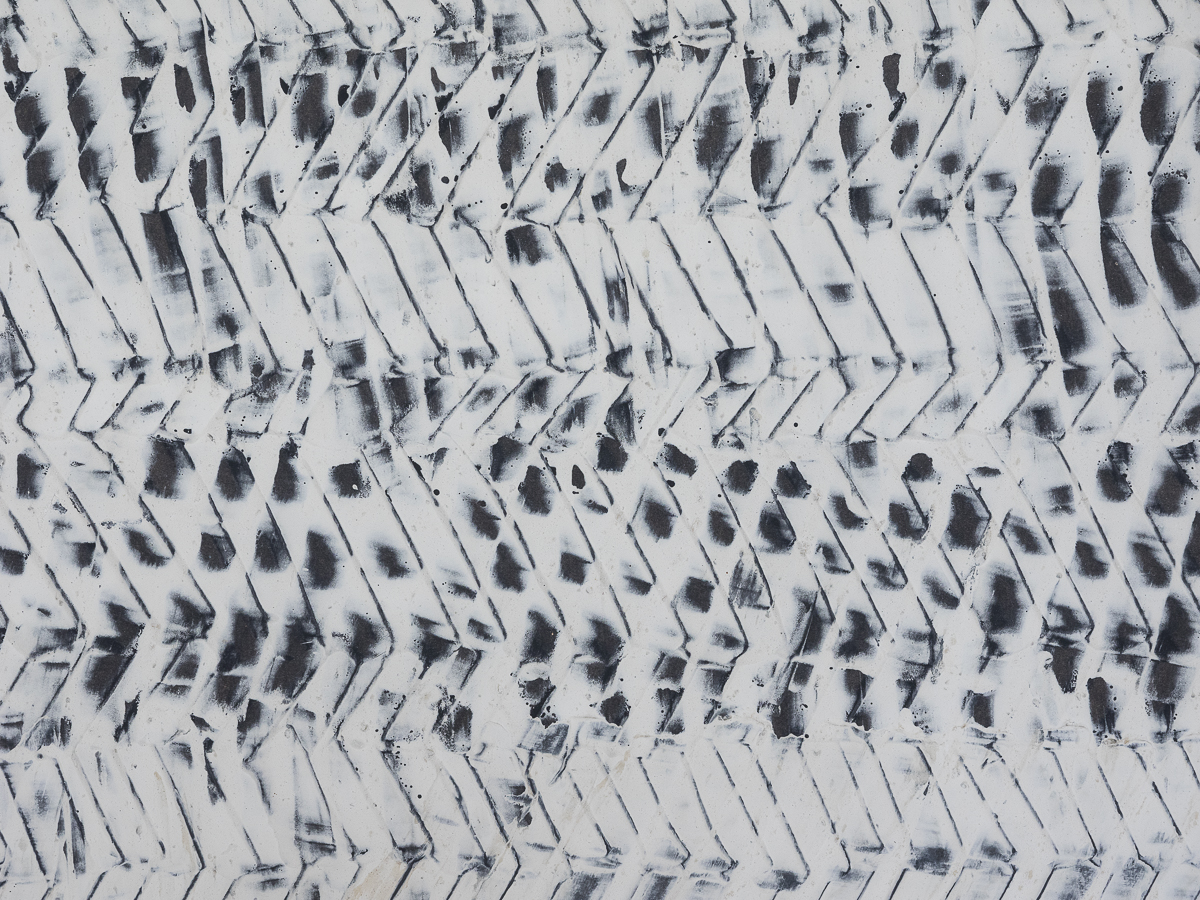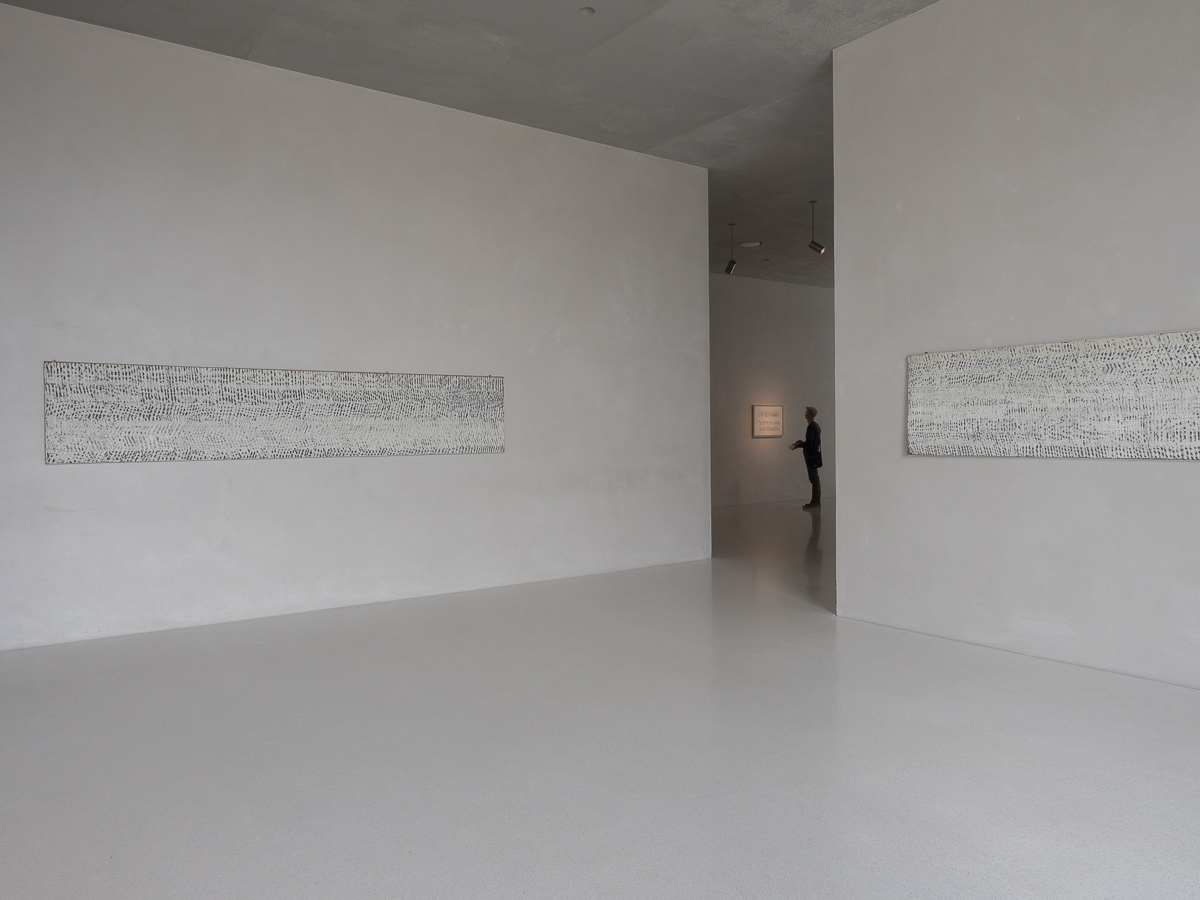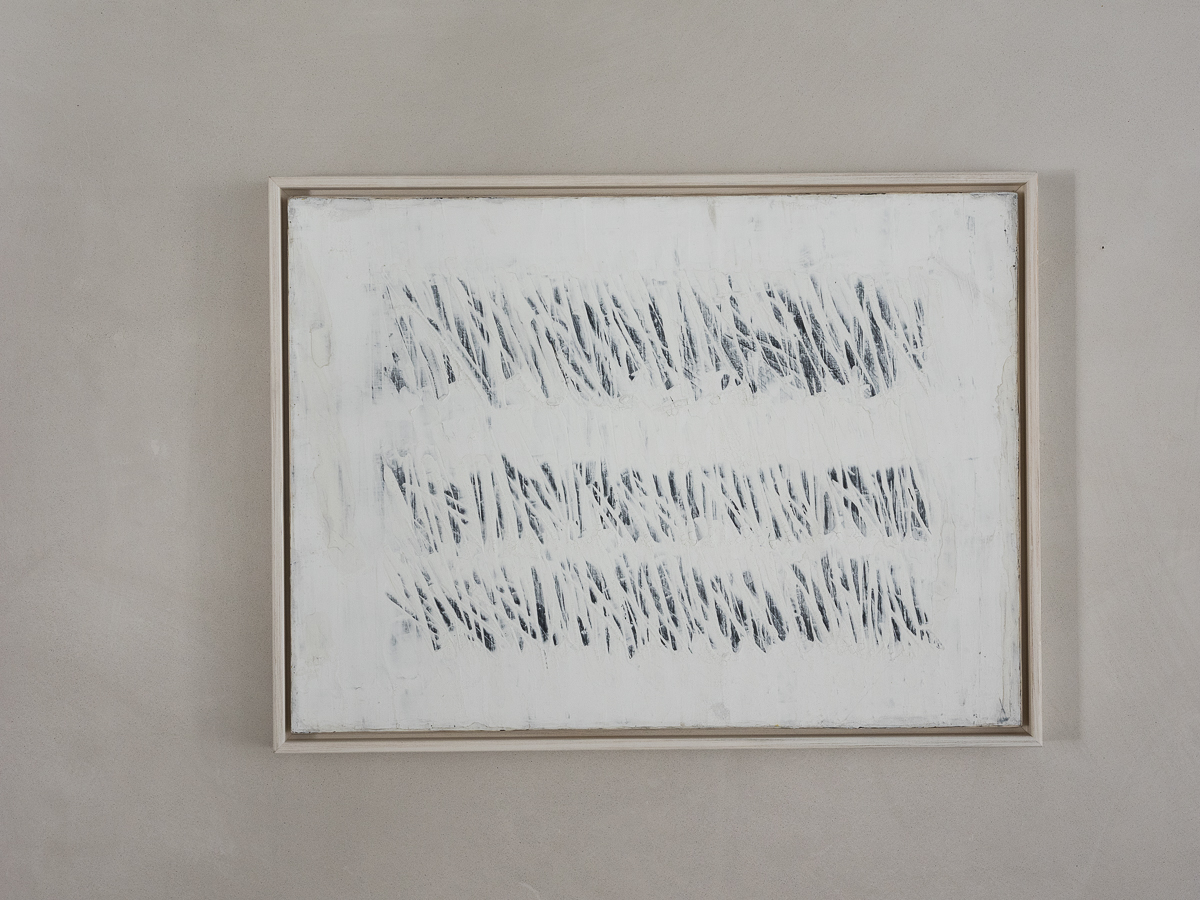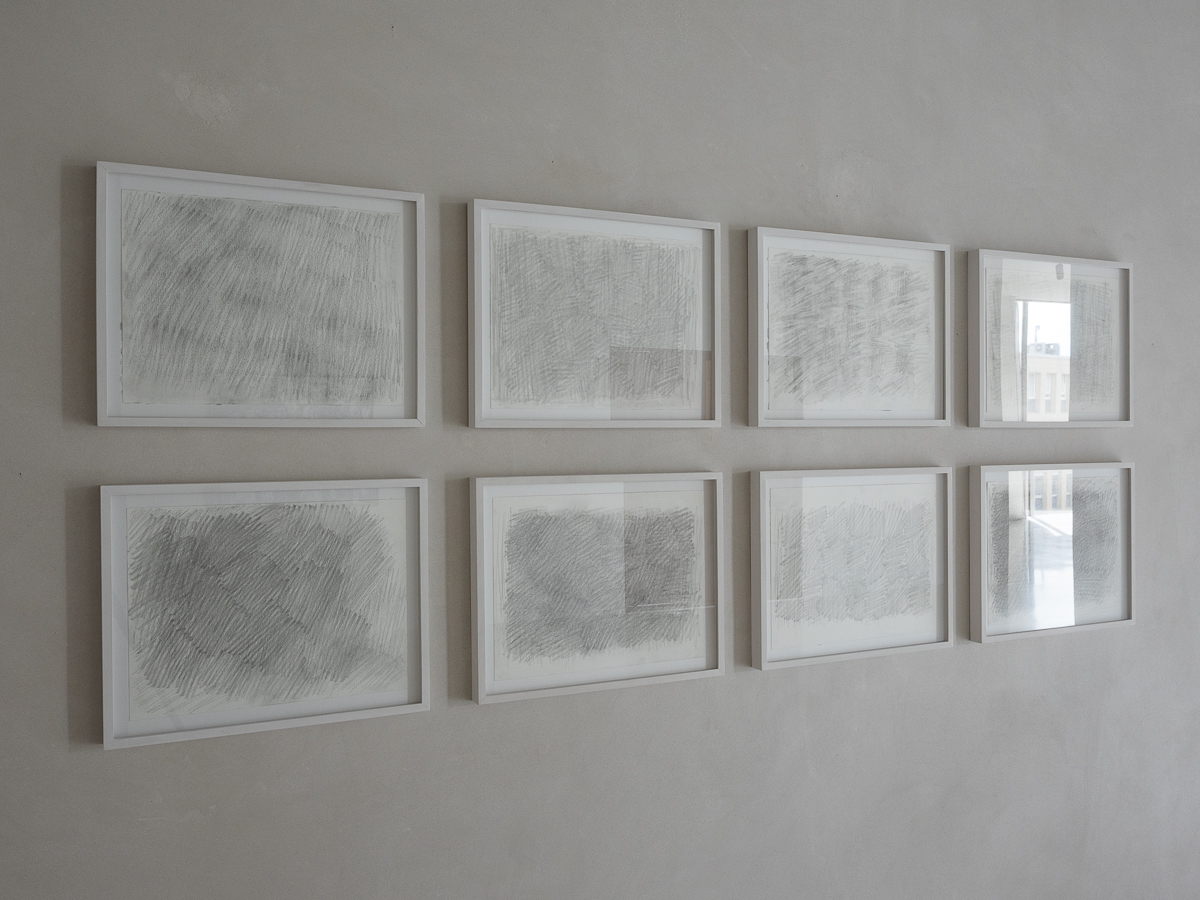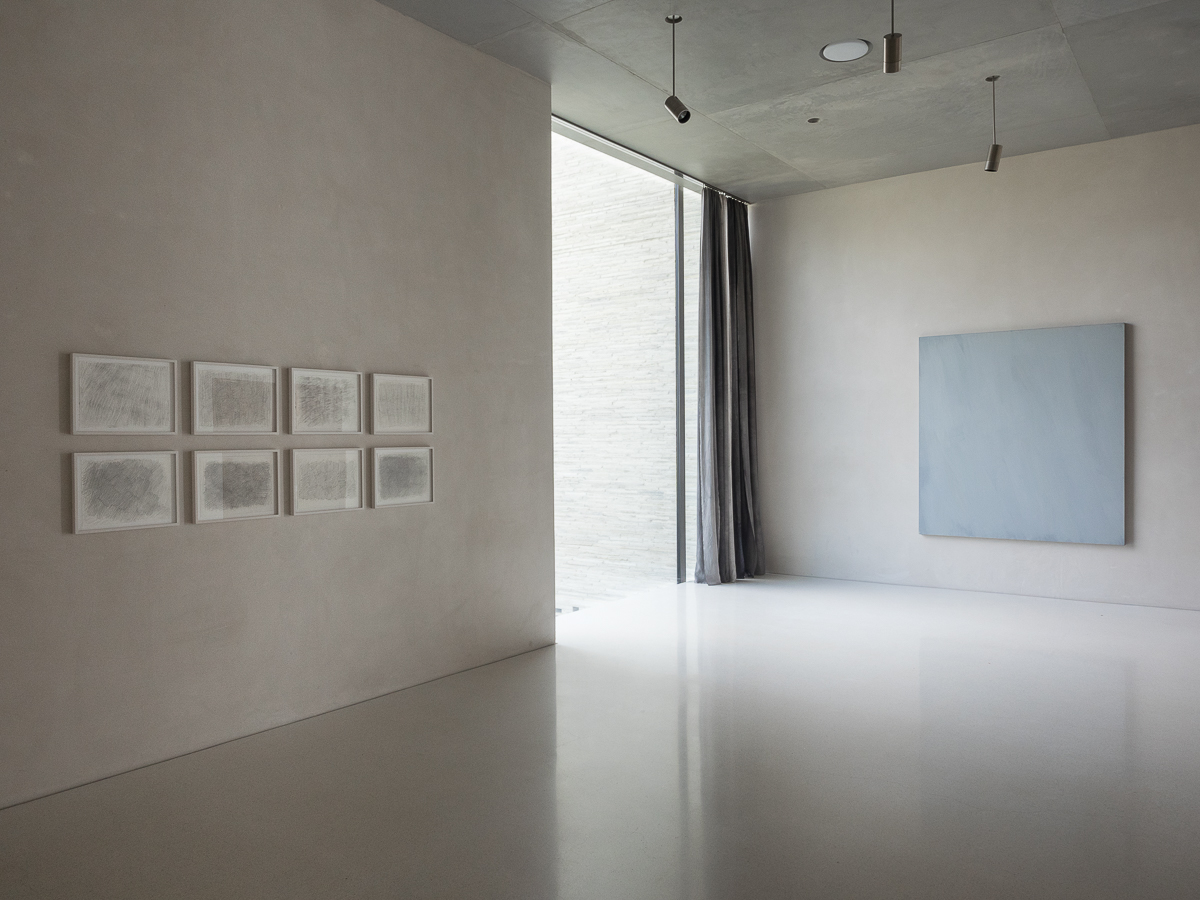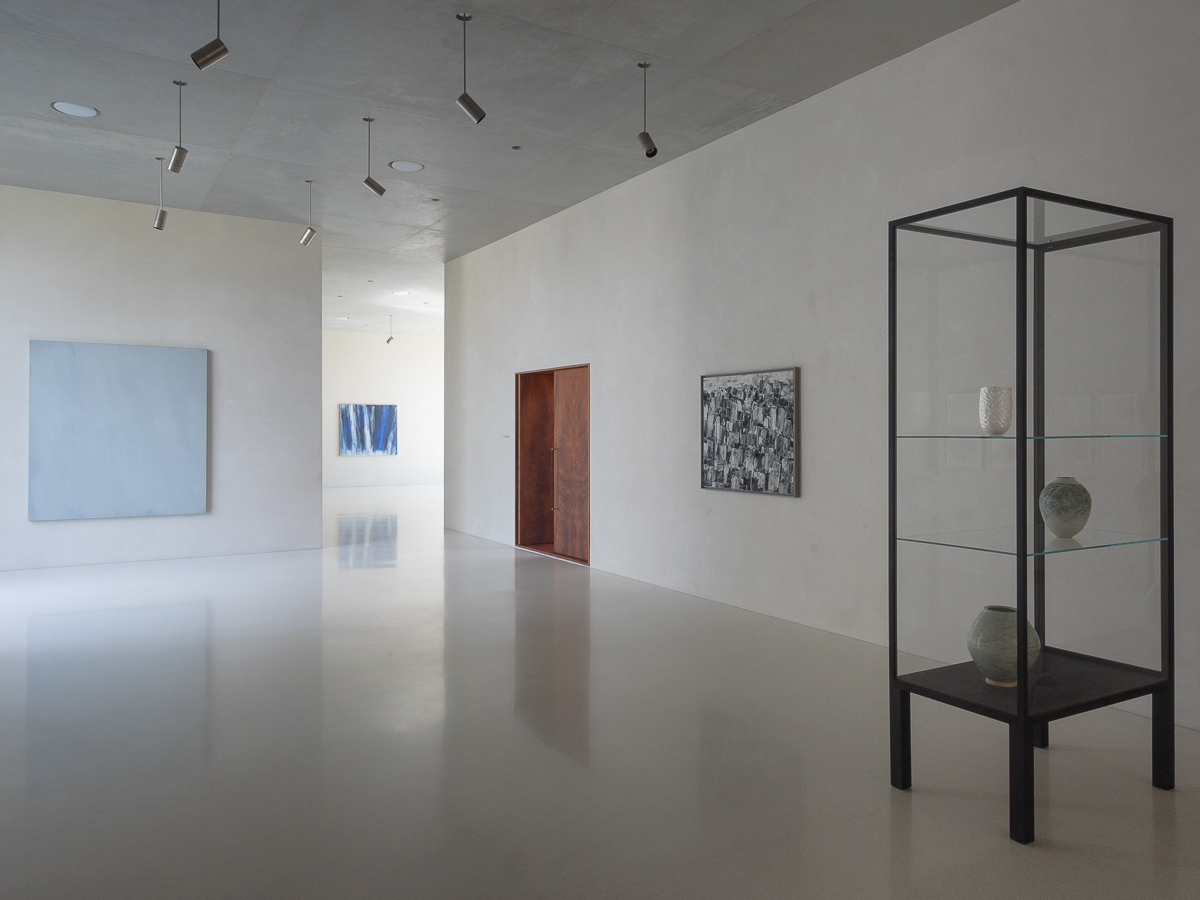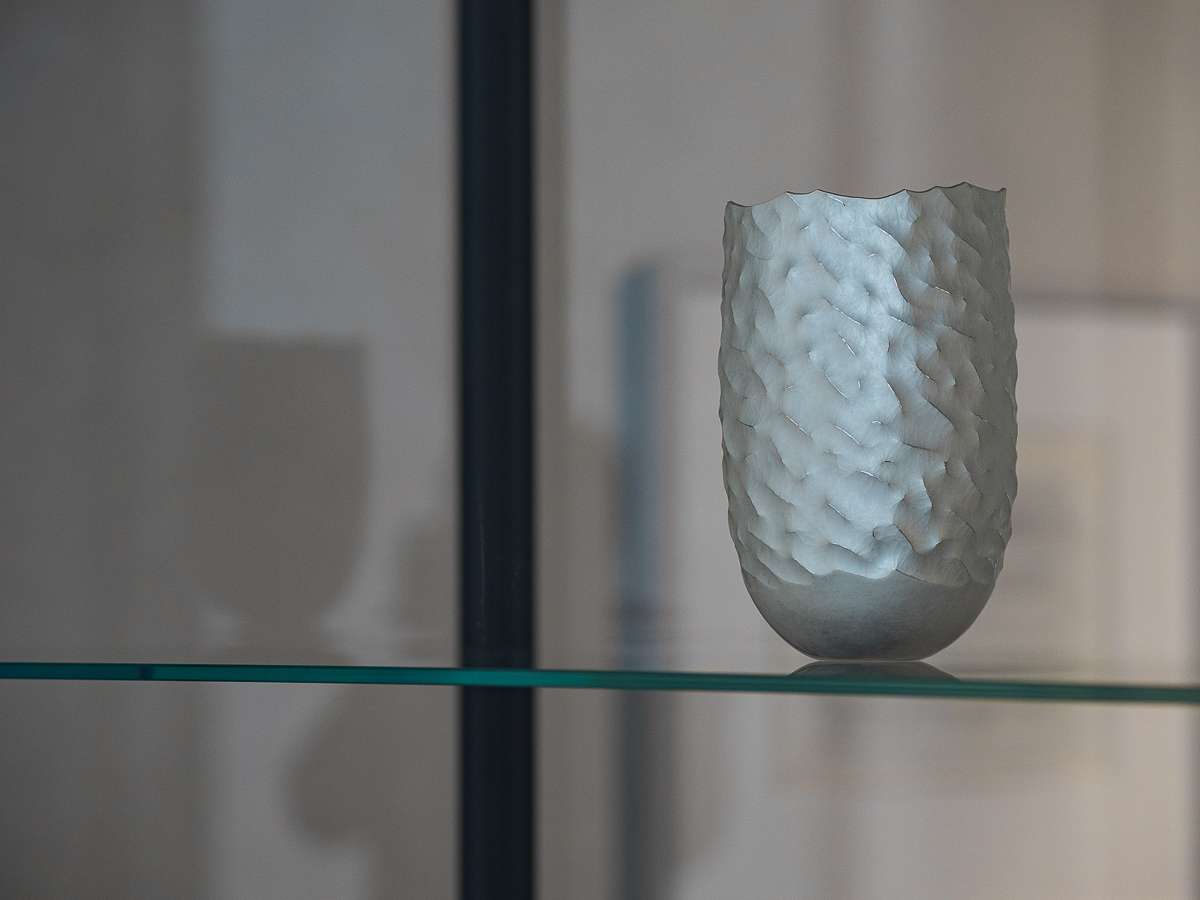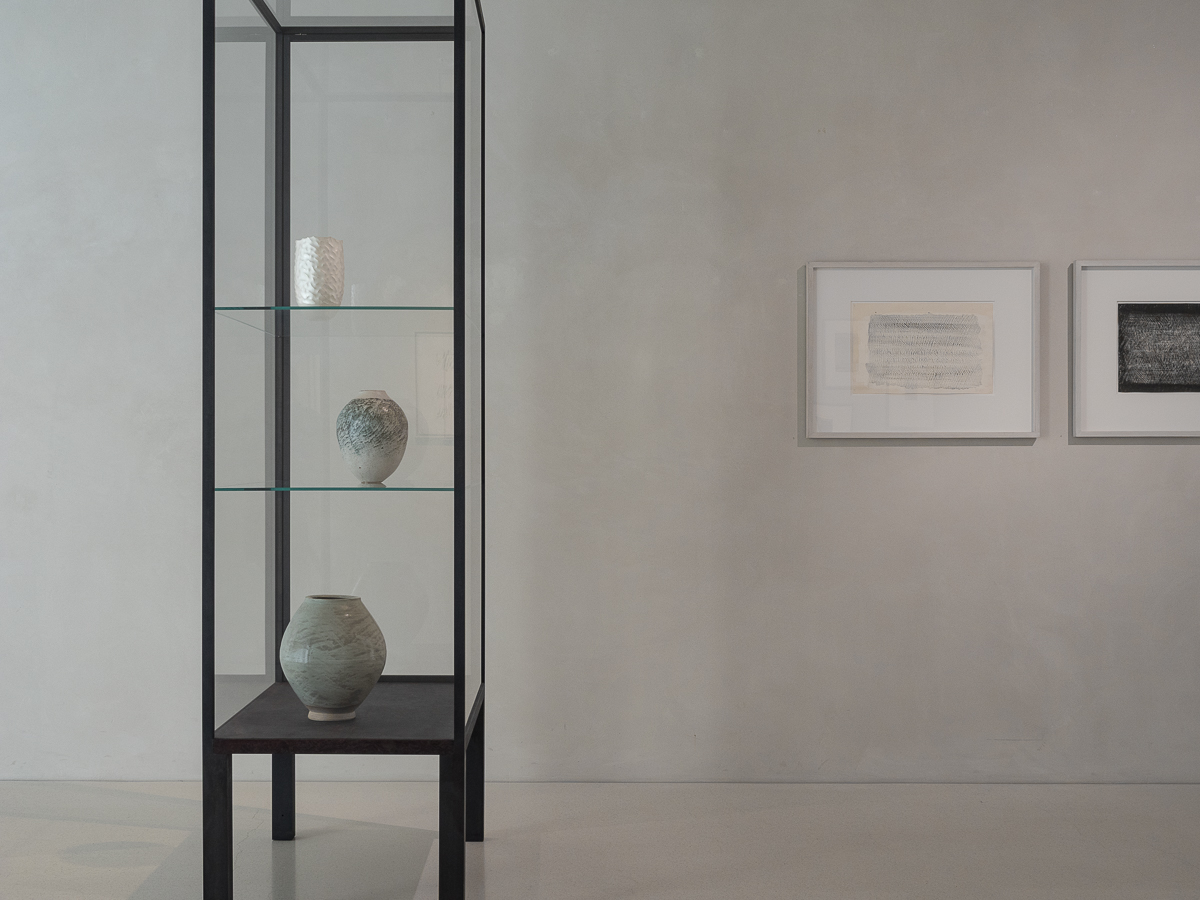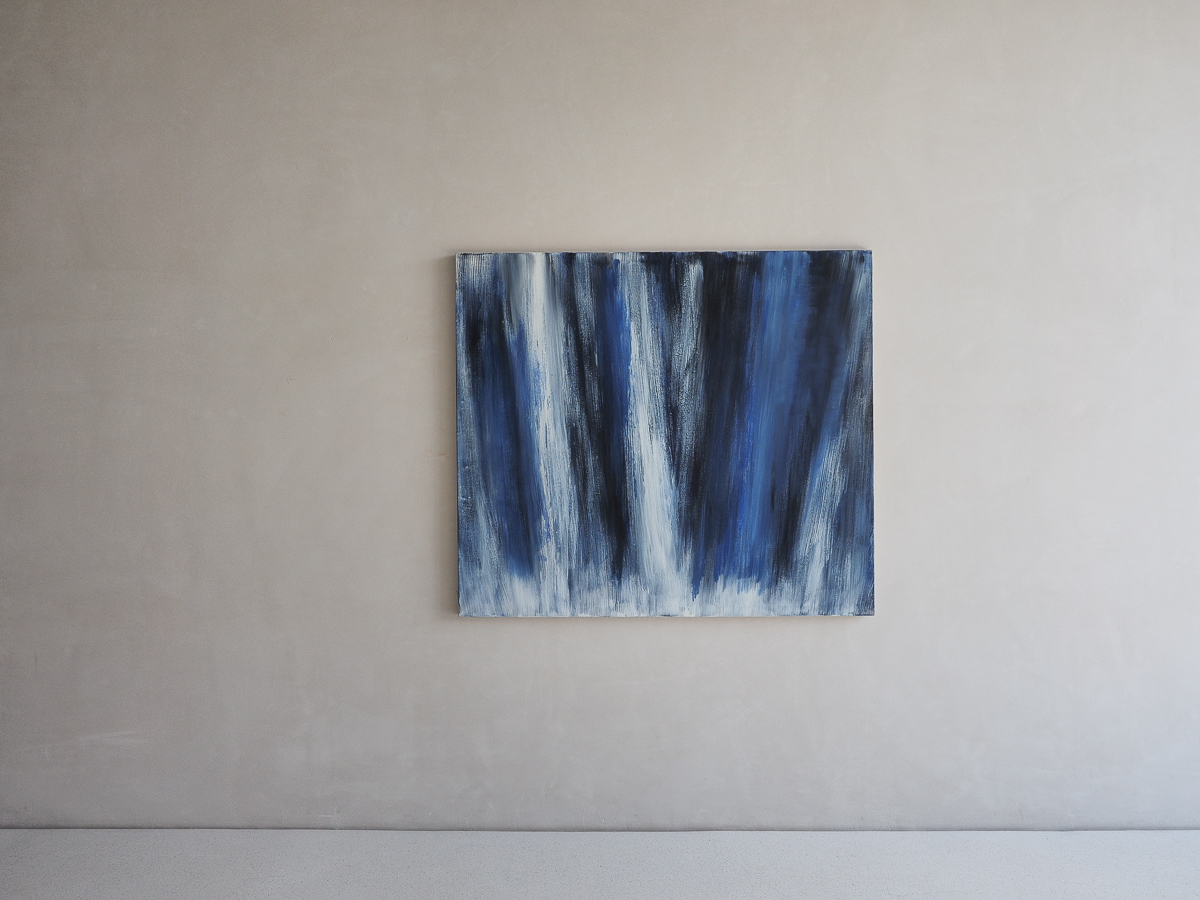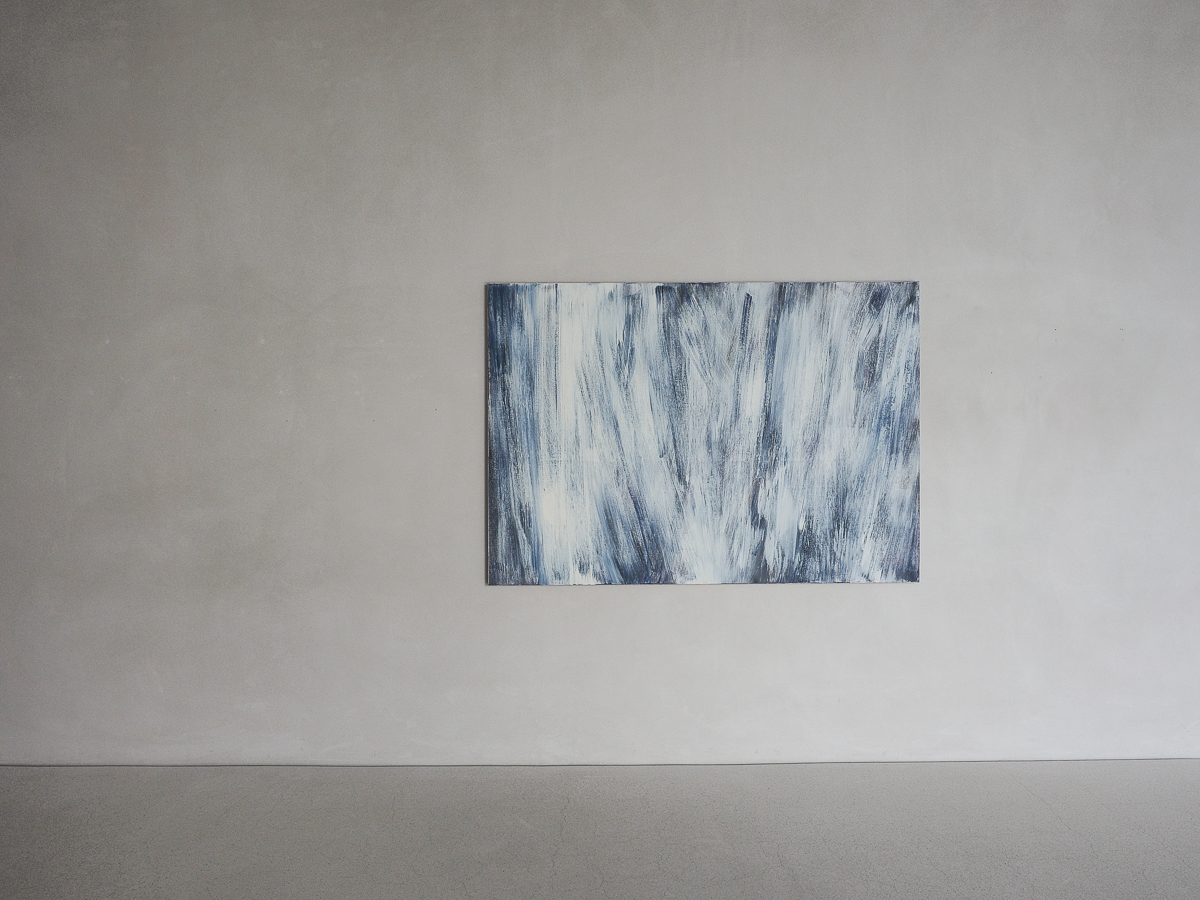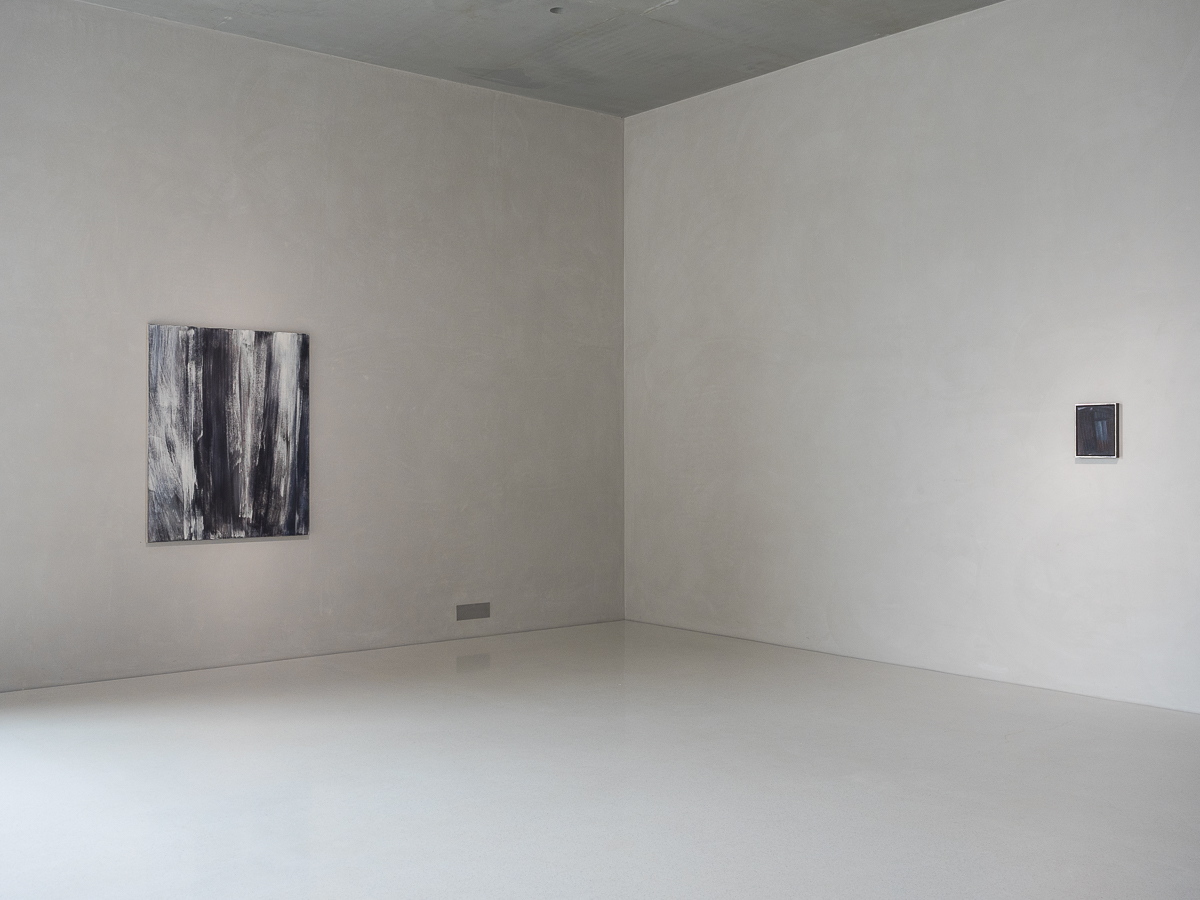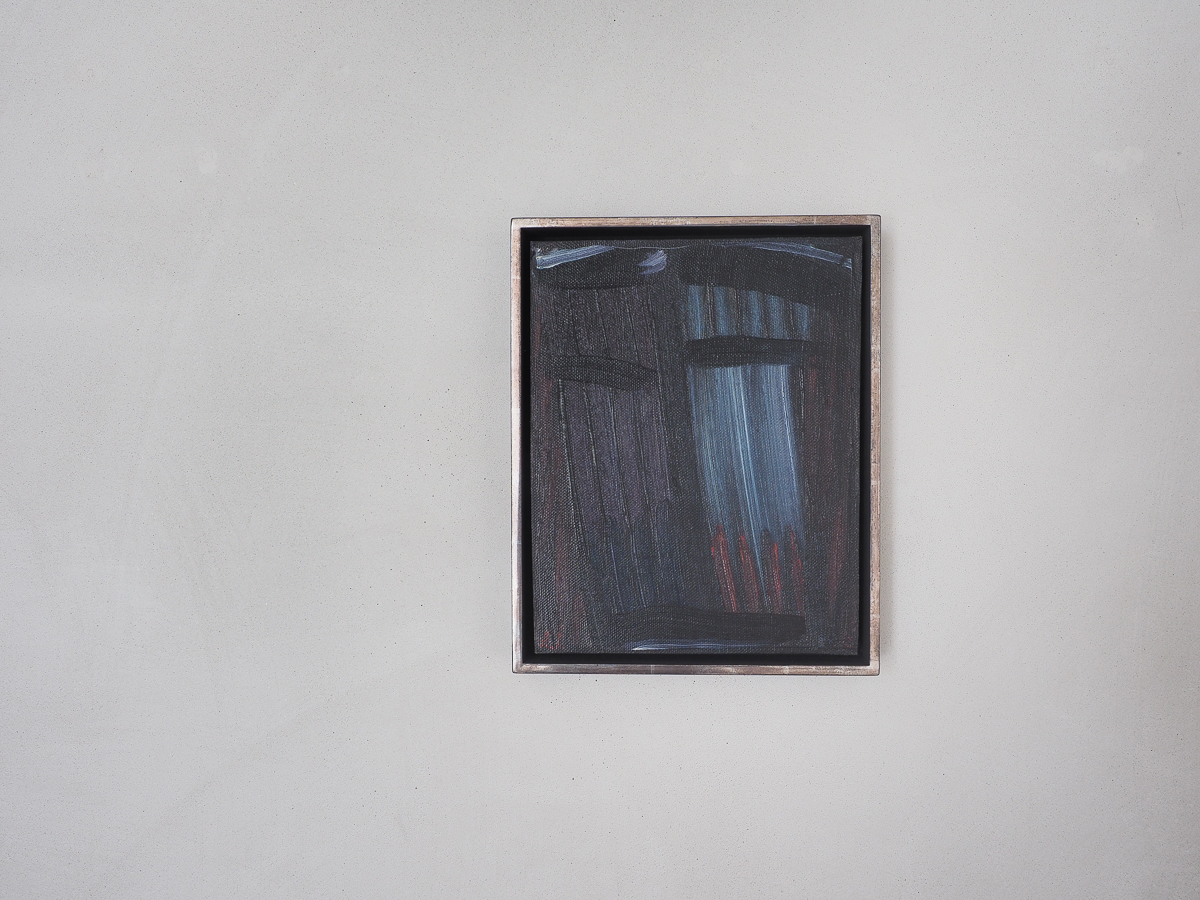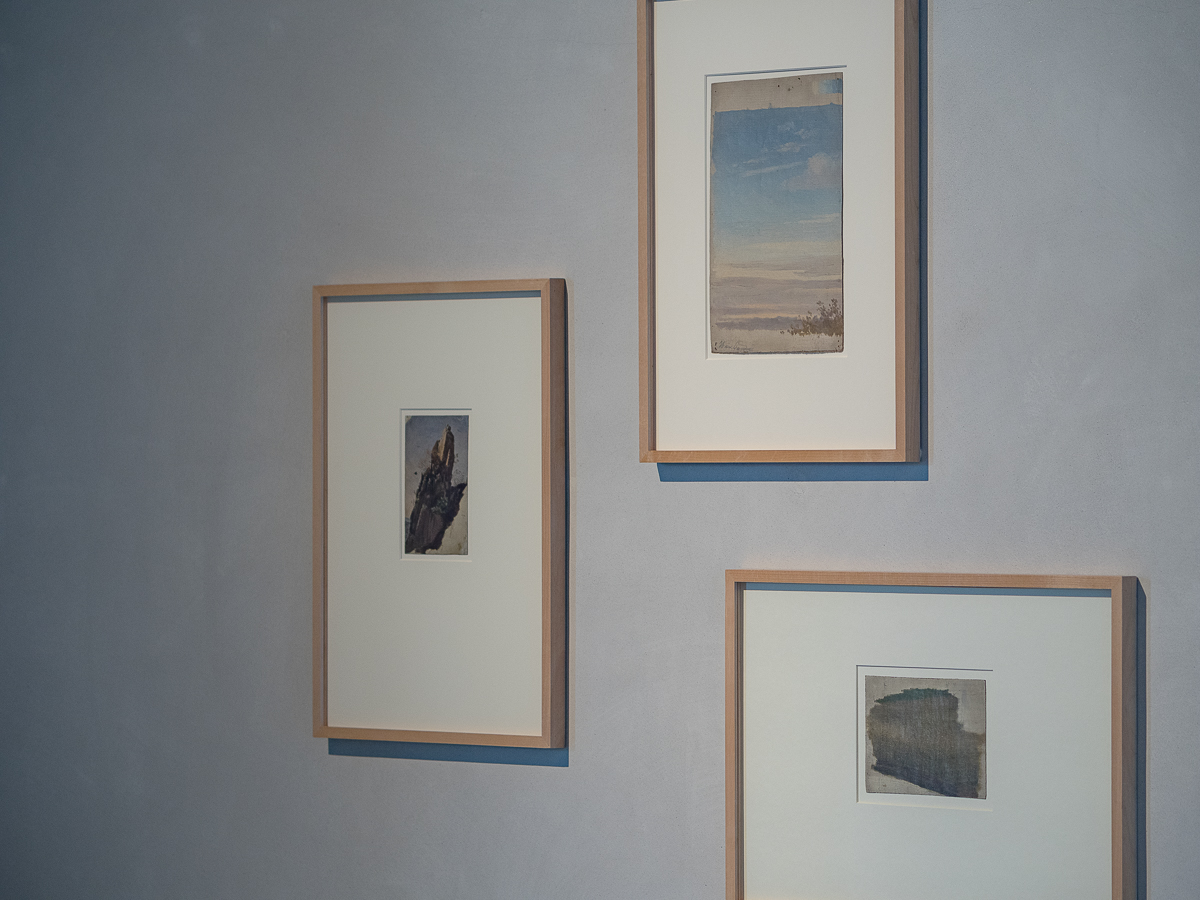Raimund Girke – Hatchings
»My firm aspiration, even as a student at the Dusseldorf Academy, was to work in a really abstract way, leaving the object behind and moving away from the figurative.« (Raimund Girke 2001 in an interview with Dietmar Elger)
On the art scene of Rhineland as of 1960 Raimund Girke (1930–2002) began to receive attention on account of his radical painting, in which he reduced the number of components to a minimum. He occupies a special position in our collection, and not only there, in view of the unique way he combined elements of the various minimalist approaches, starting with the Informel Painting of the fifties to the seventies, then the so-called »Radical Painting« of the eighties, and later developments. At the start of his art practice Raimund Girke painted »constructed« colour compositions in the style of Serge Poliakoff and Georg Meistermann. In the mid-fifties he began to reduce his palette to black and white almost exclusively, interwoven with some earthy colours; he employed other colours, if at all, only in the initial layers of paint. After reining in his tendency to make vigorous brushstrokes he went on to apply criss-cross flecks of paint resembling handwritten script, relying on contrast for impact. The titles of pictures such as Erinnerung an eine Landschaft (Memory of a Landscape) or mit Horizont (with a Horizon) show that Girke’s abstraction took a close connection to nature as a starting point. This was maintained in later phases, visible as a horizon line running across many of the ever more reduced pictorial spaces of the sixties and seventies. These works were devoted to white, as Girke explored the whole range of nuances and exhilarating effects of this distinctive colour of stillness. In the eighties and nineties he liberated the »written« painterly gestures of his early work from their role in producing vibrant effects in the background to become the true subject of his pictures. In surging fields of structured paint applied and spread out with expansive brush strokes, Girke conjured up articulated compositions full of chiaroscuro contrasts and magical depth. Over twenty years ago our Kolumba was successful in acquiring the painting auf hellem Grund (on a light Ground) (13). After his death Karin Girke enabled Kolumba to make a selection of exceptional works from his estate, which thanks to the gift of several other works in her possession have formed a monographic focus in the collection. The exhibition on the occasion of what would have been the painter’s 90th birthday takes as its main theme the painterly script-like brush marks that characterize Girke’s work in all its phases. – As we had to close our doors earlier this year for such a long time, we are offering this exhibition as a special event during the period that is normally devoted to the changeover of annual shows. This demonstration of the wide potential of painting introduces the theme of art and choreography that will be explored in collaboration with Tanz Köln – Dance Cologne – from mid-September: »Movement always begins in the whole body and faced with large formats you must always enter into the movement to the full.« (Raimund Girke)
Exhibited Works:
Room 10
Heavy Colours 1956, oil on cotton duck | Untitled (Frieze I/Frieze II) 1959, mixed media on paper on hardboard | Jeremias Gesselbrunn (1595–1660) Virgin with Child from the Altar of Our Lady in St. Kolumba Cologne, ca. 1650, alabaster | We are grateful for the financial support of the Ernst von Siemens-Kunststiftung enabling the successful restoration of the two large picture friezes on the occasion of the exhibition.
Room 11
In White 1962, mixed media on paper | overwritten 1958/62, mixed media on paper | display case: Sanghoon Kim (*1986) Memory Droplets 2017, fine silver, chased (purchased with the financial support of Petersen Tegl) | Betty Blandino (1927–2011) Vase 1998, painted glazed stoneware |9 Young-Jae Lee (*1951) Vase 1994, stoneware with feldspathic glaze | With Horizon 1957, mixed media on cotton duck | Untitled 1976, egg-oil tempera on canvas | Eight Drawings Untitled 2000, pencil on paper | On a light Ground 1960, dispersion paint on cotton duck (formerly entitled to write and turned at 180 degrees) | Franz Heinrich Commans (1837–1919) Heavenly Light (study) ca. 1975, oil on canvas | Franz Ittenbach (1813–1879) Crags/ Cornfield in Summer by the Wayside ca. 1831–1838, oil on canvas
Room 12
Alexey von Jawlensky (1864–1941) Large Meditation – Men is darker than Night 1937, oil on canvas | Strong Contrast 1991, oil on canvas | Untitled 1998, oil on canvas | The Time of Transition 1992, oil on canvas (all exhibited works, Kolumba, Cologne)
